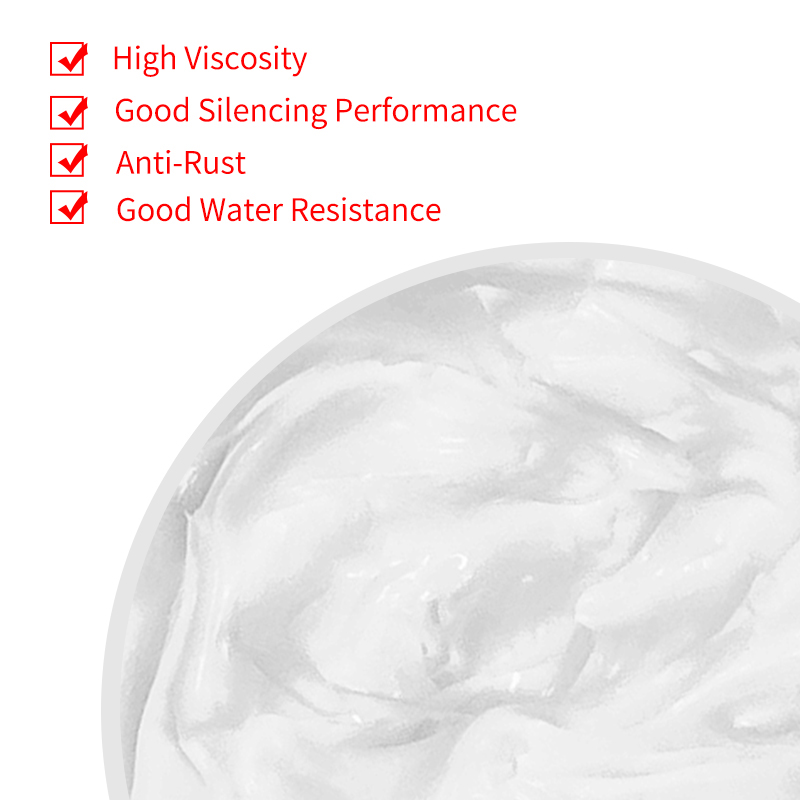Food grade lubricants (or food grade lubricants, H1 lubricants) are industrial lubricants that are harmless to the human body and can be used in food, medicine, and animal feed manufacturing equipment. The form of food-grade lubricants is the same as that of general industrial equipment lubricants, including liquid lubricants and semi-solid lubricants.

The base oil, thickener, and lubricating additives used in food-grade lubricants have strict requirements, so the cost is higher than that of lubricants for industrial equipment with the same performance. In countries and regions where there are no laws and regulations, complete regulatory systems, and consumer protection awareness, the proportion of food-grade lubricants used is much lower than that of advanced countries.
The earliest definition of food-grade lubricants was formulated by the Food Safety and Inspection Service (FSIS) of the United States Department of Agriculture (USDA). USDA and FSIS directly manage meat slaughtering and processing and egg production and processing plants in the United States. FSIS uses PAP ( Prior Approval Program) reviews commercially available industrial lubricants and grants H1, H2, H3, 3H, P1, etc. grades. FSIS-managed factories must choose lubricants with the above grades to maintain their equipment. The authority of USDA and FSIS is widely accepted by lubricant manufacturers and food and drug factories all over the world, making FSIS a free certification center for the food and drug lubricant industry.
On February 13, 1998, USDA/FSIS announced that it would cancel the PAP (terminated on September 30, 1999). According to the spirit of HACCP, it was changed to require all factories to seek guarantees from lubrication suppliers and conduct regular audits. However, due to the market’s requirements for third-party certification The United States NSF International has successfully continued the certification of food-grade lubricants after FSIS. It is currently the world's recognized authority (but not the only) certification body.
Food grade lubricants, strictly speaking, only contain H1, H3, 3H, and must "use whitelisted substances"; H2 lubricants are not food grade, and their ingredients "must not use blacklisted substances".
classification standards are mainly as follows:
H1: Lubricating oil that can be used accidentally and technically impossible to completely avoid lubrication points in contact with food/drugs. The appearance, smell and taste of food contaminated by H1 lubricants must not be affected
H2: Lubricating oil for lubrication points that are completely impossible to contact with food/medicine
H3: also known as soluble oil, edible oil, used for rust prevention of objects directly in contact with food and drugs (such as carcass hooks, etc.), but must be removed before contact with food
3H: Food and drug release agent (such as cake mold)

Baoxing Lubricant's full range of food-grade lubricants have reached the H1 standard of food-grade grease, with excellent performance, safety and non-toxicity, and are widely used in various food processing small household appliances and related food machinery maintenance. How to make lubrication more outstanding, choose Baoxing not to follow the crowd!





